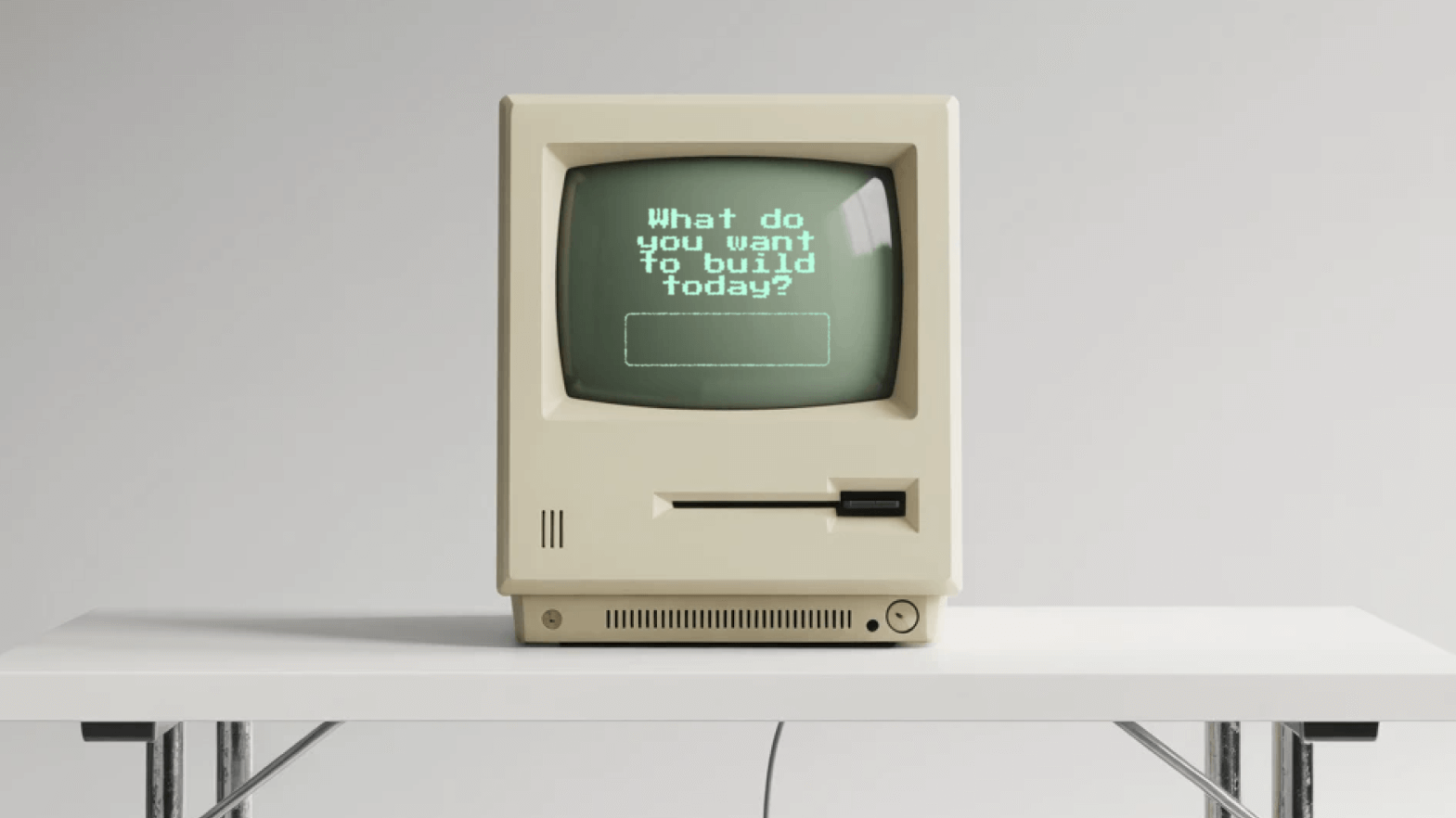
I’ve been designing digital interfaces for well over a decade. I’m worried that all software is slowly becoming a “What do you want to build today?” text box. The dramatic paradigm shift doesn't concern me so much as "all or nothing" AI maximalism that's dirving it.
Years ago, I wrote a blog post about the role of UX in web design. In it, I compared websites to brick-and-mortar stores. The analogy was pretty simple:
Grocery stores use layout, signage, and employees to guide shoppers. The optimal experience is self-serve—whether you’re just browsing or looking for something specific.
Websites work the same way, but with more constraints. They have layout and “signage,” but lack attentive and knowledgeable employees. The role of UX is to make the most of that—using hierarchy, wayfinding, and affordances to create a smooth experience from entry to exit.
I think the analogy still holds up. Good digital design helps people find what they need. But the limitations haven’t gone away. In a store, I have no idea what aisle the panko breadcrumbs are in, but I can flag down an employee. If I can’t find them on your site or in your app, there’s still nobody to ask.
That’s changing rapidly.
Large language models (LLMs) have turned the “conversational interface” concept of the last decade on its head. It’s potential has far outpaced the previous generation of gimmicky FAQ chatbot or a sales channel in disguise.
LLM chat interfaces are easy to integrate and have practical utility in most software. They can resolve ambiguity, summarize, synthesize, and handle tasks that would be tedious in a UI. LLMs can give quick answers in context. AI memory and user context can enable real personalization. When users ask for things your UI doesn’t support, chat reveals those gaps. It shows you the unmet needs your product didn’t anticipate. It’s something closer to a universal interface—one that can feel intentional, native, and deeply embedded in the product.
Let’s go back to the store analogy: imagine replacing the aisles with a long service desk of attentive clerks. You walk up, explain what you need, and within seconds they fetch it. But they also know your name, and can plan your meals for the week, suggest recipes, or organize a birthday party. You leave without ever stepping into the aisles.
Image “Just-in-time Design”; an AI chat UI that could generate UI components on the fly for whatever task needs to be done. We’re already seeing this and rather than my nightmare I actually think it sounds cool and exciting.
But we will still need a traditional UI.
They give us consistency—predictable patterns that build trust.
They enable serendipity—browsing that leads you to things you didn’t know you wanted.
They allow for passive discovery—dashboards and layouts that show context at a glance.
And they provide organization—surfacing the logic of the system rather than just individual answers.
Maybe not the most important, but they have character and craft.
Take those away, and chat risks becoming a black box: powerful, but opaque and effervescent.
The real future isn’t “all chat” or “no chat.” It’s both.
Interfaces will remain the primary experience, optimized for core workflows and predictable tasks. AI chat will act as an extension, stepping in for edge cases, analysis, and unexpected requests.
Done right, software should feel like a store staffed with unobtrusive but attentive employees—always there when you need them, never in the way when you don’t.
The question ought not be whether chat will replace UIs but how the two will complement each other. Maybe the internet will live inside ChatGPT one day. Until then I'll be dreaming of other possibilities.